2D Animated Video
Table of Contents
2D animated videos are taking over the internet! Businesses are using them to acquire new customers. Media outlets are using them to explain new concepts and ideas. People are sharing them all over the internet and social media. But why are they so popular? Why are people using them? And how do you make your own?
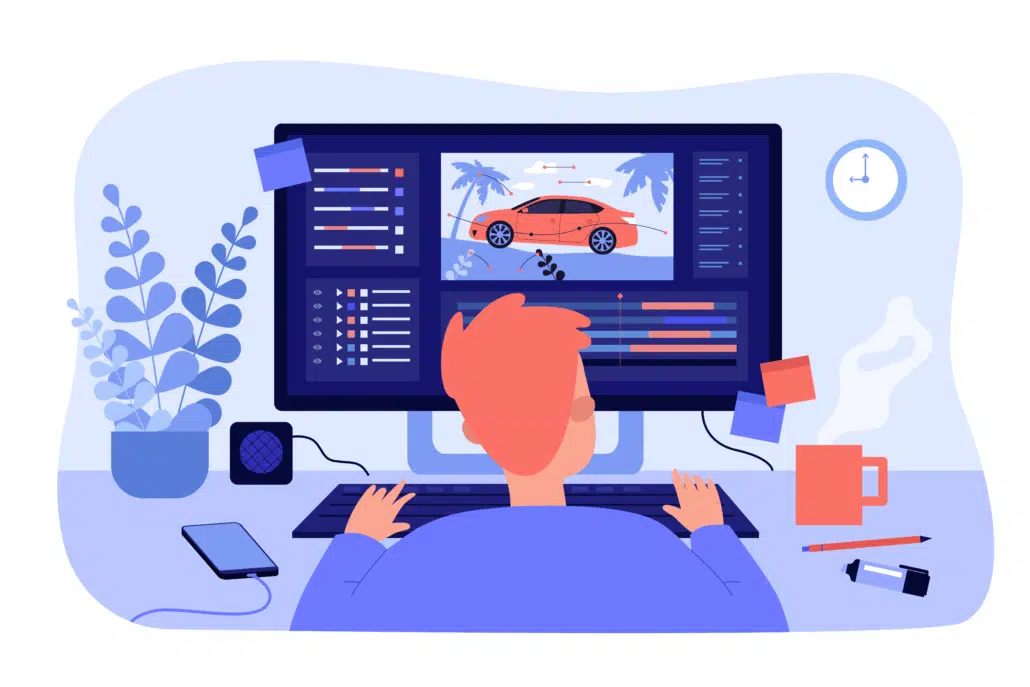
If you have a question about 2D animated videos that isn’t answered in this article, you can use our contact form to ask your question or click the image below to with a member of our production team:
How Do Businesses Benefit From Animation?
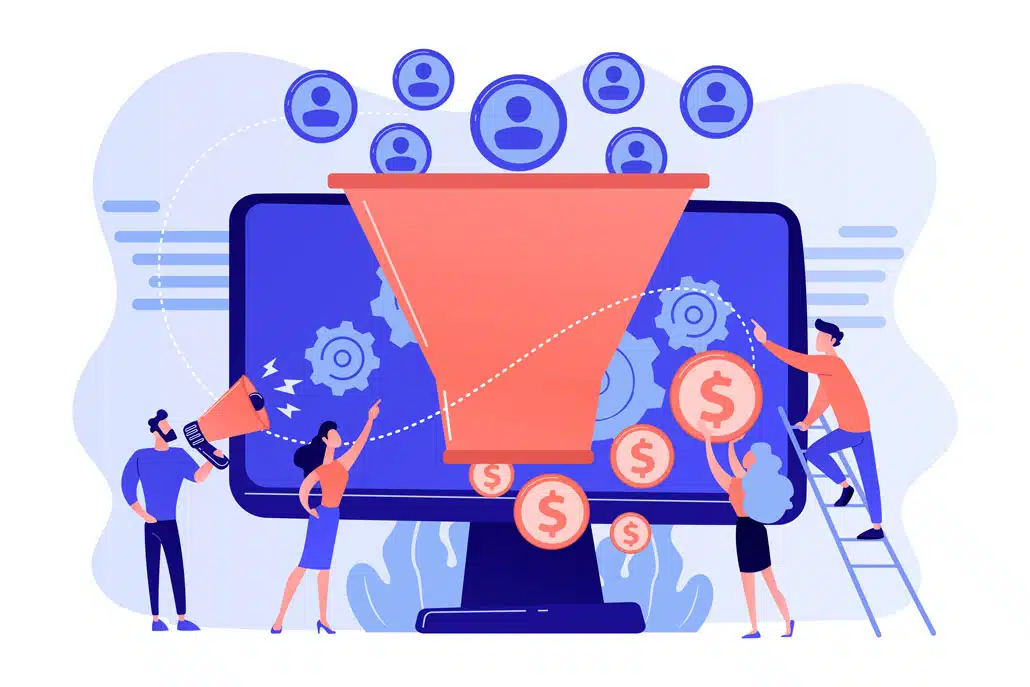
Businesses have been creating 2D animated videos to help explain what they do, get the word out about their business, and generate more leads and sales. The reason businesses are creating more animated content these days is because it helps their brand stand out in an ocean of live action video content. Animation enables businesses to communicate their unique brand personality to connect with their target audience in a way film can’t match.
Additionally, animated videos do an exceptional job at helping viewers focus on the key message, understand it, and retain the information longer than if they had watched a video of a person explaining something.
2D Animated Video Demo Reels
Video Igniter can create any kind of 2D or 3D animated video for you. Check out our animation portfolio here. Request access to our demo reels and price sheet here. Contact us or to start making your video.
2024 2D Animated Video Demo Reel
2D Animation Standard Design Reel
Are you looking for an example of a different style of animation? Send us a message to let us know what kind of animation example you want to see and we will follow up with relevant production samples.
2D Animated Video, Simple Design Reel
For more examples of 2D animated explainer videos, check out our portfolio page.
Advantages Of 2D Animation
2D animation has some unique production advantages over other types of video content (live action/film and 3D animation). 2D animated videos are:
Fast to Produce
compared to 3D animation. Simple 2D animations can be produced in a few days or weeks. 3D animated videos require a lot more time to create details accurately, add motion design, and render out the final animation (which could take weeks, months, a year, or more!)
Easy to Change
If you want to modify part of your 2D animated video, all you need to do is contact your animator/designer/studio and explain the changes you want to make. As long as someone has the original project files, any video animator or designer could make the changes. If you filmed a video and want to make changes, you need to book the same location and hire the same actors to come in to re-film something. Definitely not as quick and easy as some changes your animator could make from their laptop.
Lower Production Cost
2D animated videos can be made by small animation studios in just a few weeks. This helps keep costs low. 3D animated videos can take months to years to produce and require a large, expensive team. Live action videos can be quick to produce but assembling a professional team on site with all their equipment quickly surpasses the costs associated with 2D animation.
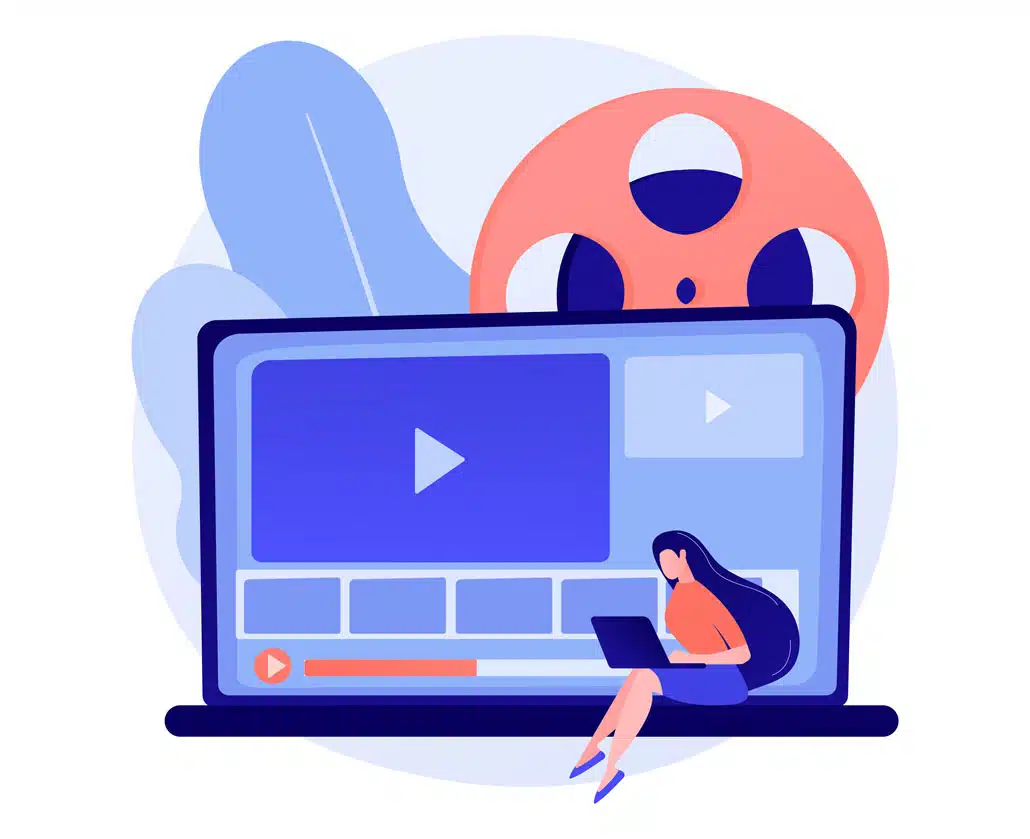
What Is The Production Process Like?
2D animated videos go through a sequential production process that looks like this: script -> storyboard -> art -> voiceover -> music -> animation.
1). Script:
First, you will start by creating the script for your 2D explainer video. You can create the script yourself or work with your animation studio/freelancer. Or you could just hire Video Igniter ;) If your 2D animated video is designed to support a business purpose, you should focus on concise writing that speaks directly to the problems your target customer is trying to solve. Start your script with a compelling hook to grab your audience’s attention. Introduce your company/product/service as a solution to a problem your customer has. Illustrate the top 1-3 benefits they can experience from buying what you offer. Then, end your script with a compelling call to action that lets them know how they can do business with you.
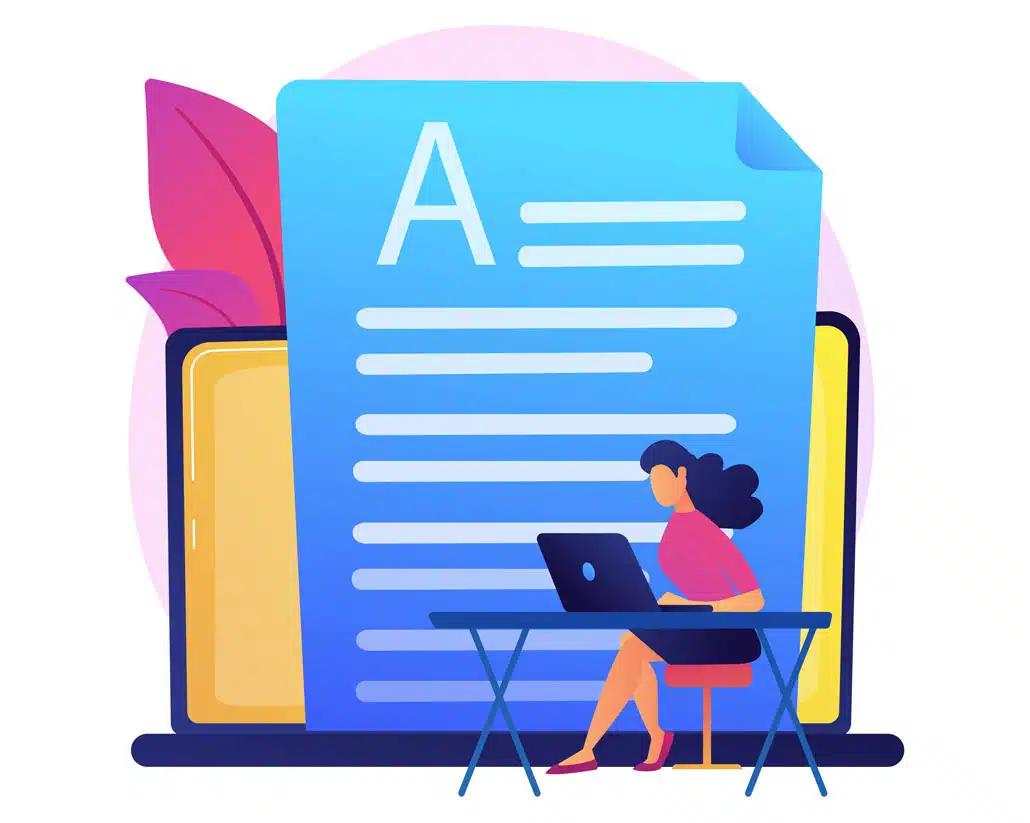
Download Video Igniter’s Free Script Writing Template
If you’re creating a 2D animated video for fun, write out your script and include notes about what you think the corresponding visuals should be. This will help you simplify your storytelling and will make it easier for you to create your storyboard.
For more tips on writing a script for your animated video, check out this article: “How to Write An Animated Explainer Video Script.” As a bonus, you might also like this companion article: “7 Tips to Supercharge Your Explainer Video Script Writing.”
2). Storyboard:
Next, you should turn your script into a storyboard so that the design and animation team know what you want them to create. The storyboard is essentially the blueprint for your 2D animation explainer video.
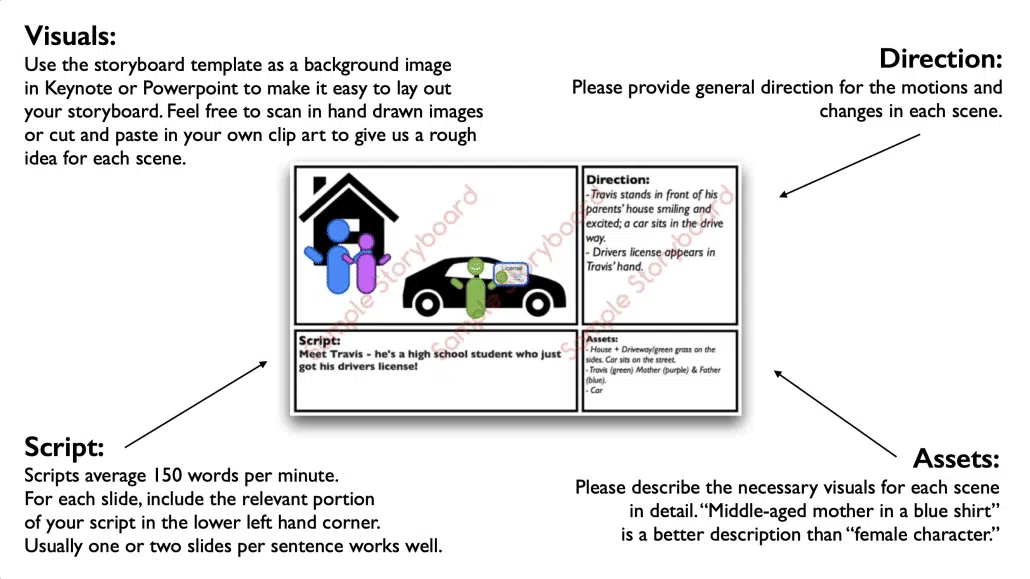
Download Video Igniter’s Free Storyboard Template
Each page of a storyboard includes four parts:
- Visuals
- Direction
- Script
- Asset List
To create your storyboard, put one sentence of your script on each page of the storyboard in the lower left corner (Download our storyboard template here). If a sentence is particularly long, you can break it up over multiple slides.
In the upper left corner of the storyboard, create a rough mockup of the scene that corresponds with that part of the script. You can sketch it out on paper, take a photo and paste it into the document. Or, you can use free images you find online to mock up the scene. Artistic ability is not important. Stick figures are ok. The point is to provide a basic visual reference for the design team. They just need to know how you roughly intend for a scene to be laid out. They will take care of making the art look great for you.
In the upper right corner of the storyboard, create a bullet point list of instructions for the animator. Provide sequential instructions that specify what motion details should happen in what order. The more specific you can be, the better.
Finally, in the lower right corner, provide a list of the assets that are needed for each slide. Include details like background/scene design, characters, items, sound effects, and more.
Want more tips to learn how to create a storyboard for your animated video? Check out this companion article. “How To Create A Storyboard For An Animated Video.”
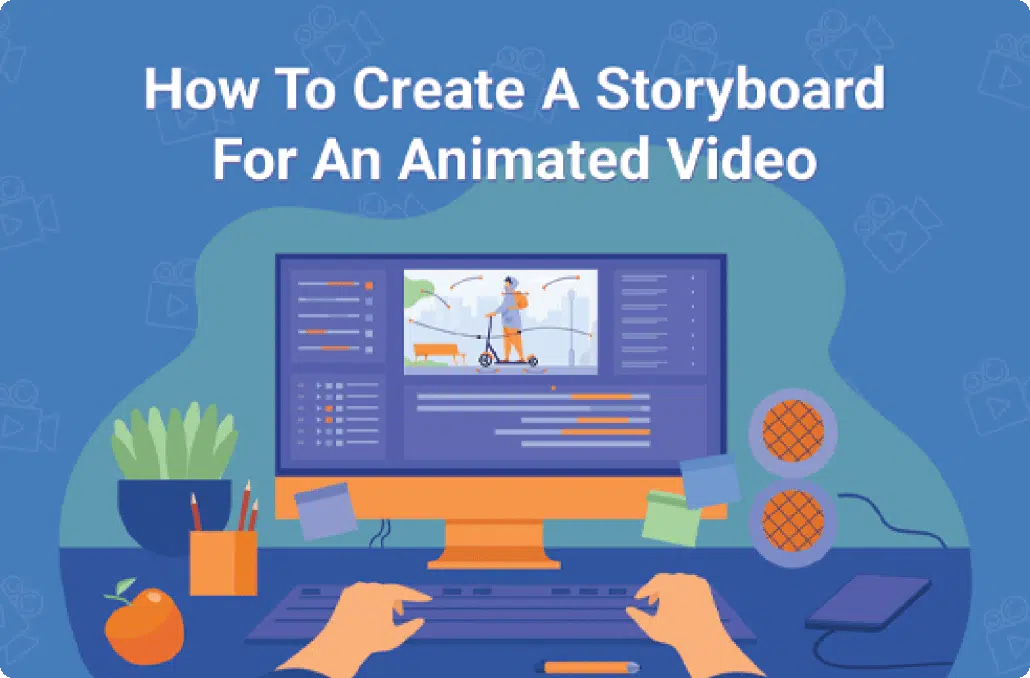
3). Art
After the storyboard is approved, your designer will create concept art for one of the scenes of your 2D animation. Usually they will provide multiple pieces of concept art so you can choose your favorite. When you select your favorite concept, you can provide feedback to refine the visual style. Once you’ve approved the concept, the illustrator will create all the art for your animation.

You’ll get a chance to review all the art and request edits before animation begins.
4). VoiceOver
VoiceOver creation typically happens in parallel with art creation. Your animation project manager will audition some voiceover talent and send you recordings to review. Once you select your favorite audition, your project manger will procure the full voiceover. You will get an opportunity to review it and ask the voiceover artist for edits.

For tips on making your own professional sounding voiceover for free, watch Episode 3 of The Video Igniter Show.
5). Music
Your project manager will also select soundtrack options for you consider for your animation. Sometimes this phase happens in parallel with the voiceover auditions & concept art creation. Other times, it makes sense to wait to pick out a soundtrack after you’ve seen the first draft of your animation.

Include a soundtrack to enhance the presentation of your 2D animated video.
6). Animation
Finally, after everything has received your approval, the animation team follows the instructions in your storyboard to animate your video. 2D animated videos take about 1 week for one animator to animate one minute of video.
In total, the 2D animated video production process takes about 3-5 weeks.

Animating a 2D animated video.
For a more in depth look at the animation production process, check out this companion article: “Understanding The Animation Production Workflow.”
Why Should You Work With Video Igniter?
1). High Quality For The Price
Video Igniter’s production service offers the unique ability to get the quality of a $5,000-$10,000 2D animated video for half the price – or less! (Request access to our pricing page here.) Our online production platform streamlines the production process which means we put more of your production budget into production quality and creative storytelling because we save significant costs on production management and company overhead.
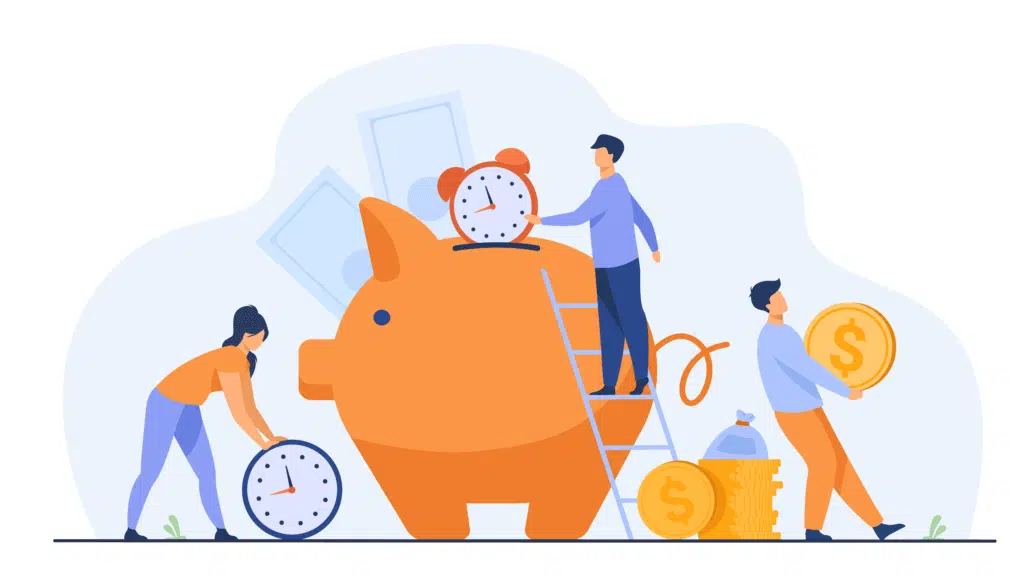
2). Attention to Detail
We want to ensure you are 100% satisfied with the final draft of your animated video. We go step by step through the production process to ensure all components of your video are designed to speak to your target audience. Everything from the visuals to the voiceover and music must work together to present a cohesive and compelling narrative.
3). World Class Storytelling
Video Igniter produces content for world-class brands like T-Mobile, Amazon Web Services, Snoop Dogg and more! We know what kind of storytelling works for big name brands and we can bring that magic to your project as well. Even if you’re a small independent business, startup, agency or video production company.

Get a Quote For Your 2D Animated Explainer Video:
Want to get a quote for a 2D animated video? Click here to get a quote.
Animated 2D Video FAQ:
How long does it take to make a 2D animated video?
2D animated videos take 3-5 weeks to produce. If you need to guarantee delivery in less than 3-4 weeks, rush delivery options are available (contact start@videoigniter.com). For more information on the timeline for a 2D video explainer, check out this article.

How much does it cost to make a 2D video animation?
2D animated videos cost $500-$10,000+ per 60 seconds of animation. For more specifics on budget considerations, check out this article or click here to get a quote for your 2D animation.
How does the 2D animated video production process work?
The production process works by creating a script, then a storyboard for the animation. This tells the production team what art to create and what voiceover(s) to procure. Once you’re happy with the art and the voiceover, the animation team will produce your video.
Deep Dive: How To Make A 2D Animation
How to do I get the maximum impact out of my 2D video animation?
This guide explains how you can A/B test your video to get more people to click play, watch your video longer and take action when they’ve finished watching your 2D animation. For 6 more tips on how to increase engagement for your animated video, check out this article.
Can you produce videos in other languages besides English?
Yes!
Choosing the Right 2D Animation Style for Your Brand
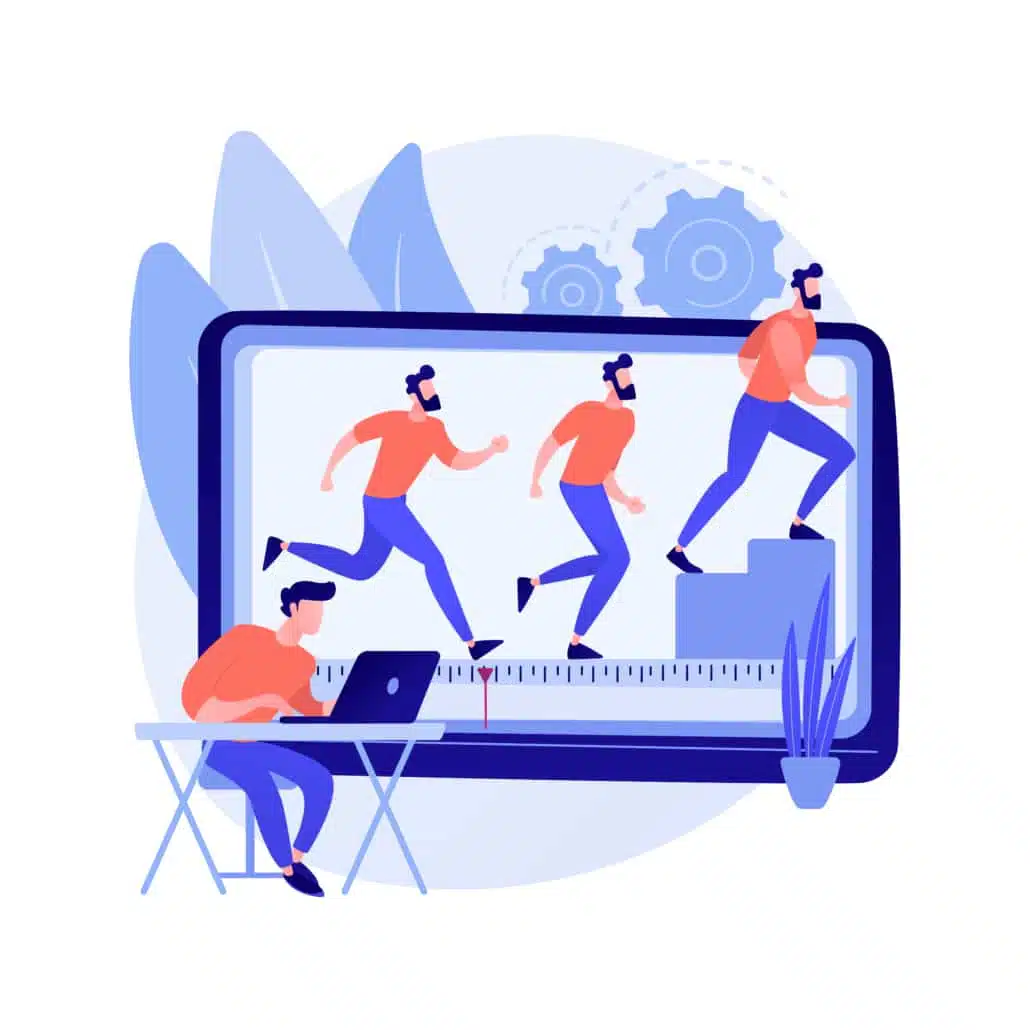
When creating a 2D animated video for your brand, one of the most crucial decisions you’ll make is choosing the right animation style. The style you select should reflect your brand’s personality, tone, and message. A well-matched animation style can elevate your brand identity, making your video more engaging and memorable to your audience.
Popular 2D Animation Styles
There are several 2D animation styles to consider, each with it’s own unique benefits for different use cases:
- Flat Design: Known for its simplicity, flat design is a modern, minimalistic approach to animation. It works best for tech companies and startups, where clean visuals and clear messaging are vital.
- Motion Graphics: Motion graphics are great for simplifying complex concepts. Whether you’re explaining a product, a service, or a process, this style uses moving text, shapes, and images to convey information clearly.
- Character Animation: If you want to connect with your audience emotionally, character animation is an excellent choice. Characters bring stories to life and help create an emotional bond between the brand and the viewer.
- Explainer Animation: Explainer videos are best for breaking down complicated topics into digestible parts. They’re ideal for explaining products or services, especially in sectors like tech, finance, and education.
- Whiteboard Animation: Whiteboard animation is perfect for educational content or explaining intricate ideas. Its hand-drawn, sketch-style visuals make it relatable and engaging.
Aligning Animation Style with Brand Identity
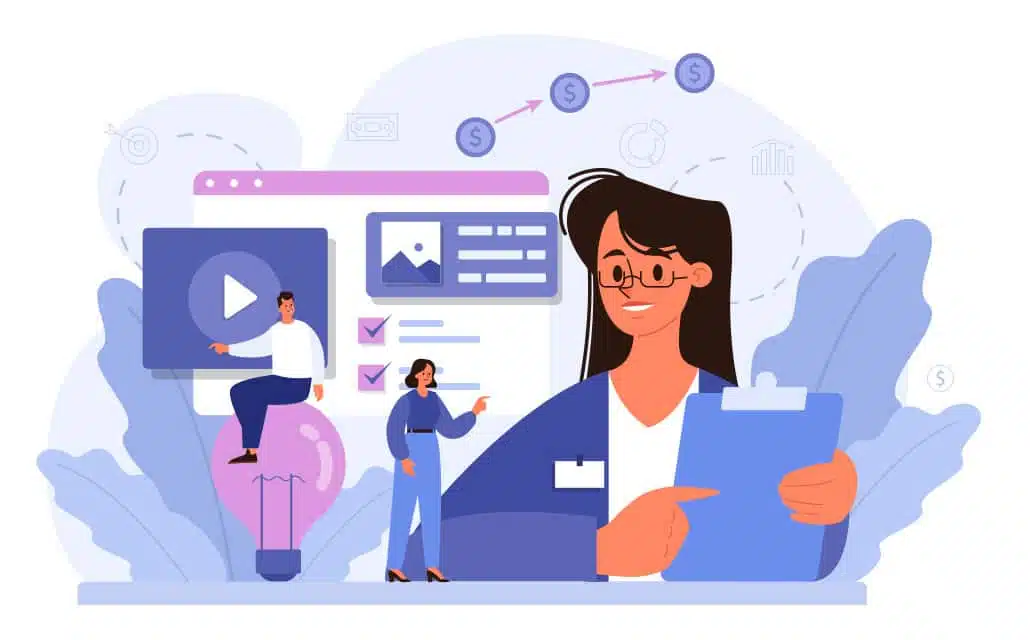
Selecting a style that aligns with your brand identity is essential. Here are some ways to align your 2D animated video with your brand:
- Brand Personality: If your brand is playful and fun, consider a more whimsical character-based animation. For a professional, corporate image, a flat design or motion graphic style would be more fitting.
- Consistency in Design: Ensure the animation style incorporates your brand’s color scheme, fonts, and logos. A cohesive visual identity is key to strengthening brand recognition.
- Target Audience: Know who your audience is and choose an animation style that resonates with them. Younger audiences may prefer bold, character-driven animations, while more serious or technical audiences might appreciate clean, minimalist visuals.
Building Brand Recognition with 2D Animation
A well-designed 2D animated video can make a significant impact on brand recognition. When your video matches your brand’s look and message, it creates a lasting impression. Animation can bring brand elements like logos, taglines, and color schemes to life, reinforcing your identity with every view.
Storytelling With 2D Animated Videos

Storytelling is the heart of any 2D animated video. Whether you’re explaining a product, conveying a brand message, or sharing an emotional story, storytelling makes your animation more engaging and impactful. A compelling narrative helps capture your audience’s attention and keeps them interested from start to finish.
Essential Components of Effective Storytelling
A great story needs a few key components to resonate with viewers:
- A Clear Message: Every 2D animated video should have a clear takeaway or message. Avoid confusion by focusing on one primary goal, whether it’s educating, entertaining, or inspiring.
- Relatable Characters: In animation, characters can represent your brand’s values or simply be vehicles to deliver the message. Their emotions, challenges, and growth drive the narrative forward.
- Plot Structure: A well-structured story has a clear beginning, middle, and end. Introduce the characters, set up the conflict, and resolve it in a way that is satisfying to the audience.
Animation as a Storytelling Tool
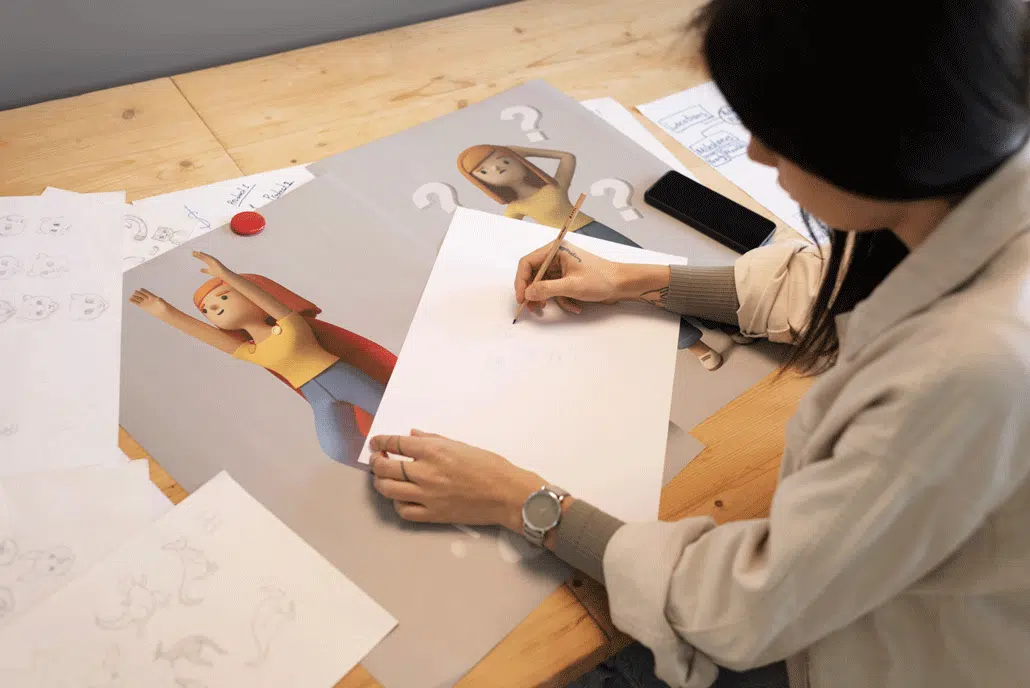
What makes 2D animated videos unique is their ability to visualize concepts and ideas that are hard to express through words alone. Whether you’re simplifying a complex product or illustrating an abstract idea, animation provides the flexibility to create engaging visual metaphors and dynamic storytelling.
- Simplifying Complex Ideas: If you need to explain a product’s features or a difficult concept, animation can break it down visually, making it easier for the viewer to grasp.
- Creative Freedom: Unlike live-action videos, 2D animation allows you to create worlds, characters, and environments that wouldn’t be possible otherwise, giving your story more freedom and creativity.
Crafting Compelling Narratives
When creating a 2D animated video, it’s essential to keep the narrative simple, focused, and relatable. Focus on the core message you want to communicate and develop the plot around it. Timing and pacing are also crucial—if your video feels rushed or drags on too long, you may lose the audience’s interest.
Avoiding Common 2D Animated Video Mistakes

Creating a 2D animated video involves careful planning and execution; even small mistakes can impact the final product. From poor pacing to technical errors, these common animation mistakes can affect the quality of your video and hinder your ability to effectively communicate your message. Here’s how to avoid them.
Common Mistakes to Avoid
- Overcomplicating the Story: Keep the story simple. An overly complicated plot can confuse your audience and dilute the message. Stick to one main idea and develop it clearly.
- Poor Timing and Pacing: Timing and pacing are critical in animation. Too fast, and your audience won’t absorb the information; too slow, and they’ll lose interest. Ensure your animation flows naturally.
- Inconsistent Character Design: Visual consistency is crucial for character animation. Characters should look the same throughout the video, and their movements should remain fluid. Inconsistencies can distract the viewer and harm the overall experience.
- Ignoring Audio Quality: Audio is just as important as the visuals in a 2D animated video. Poor sound quality can detract from the viewer’s experience. Always use high-quality voiceovers and sound effects that match the animation’s tone.
- Neglecting to Optimize for Devices: Since most videos are watched on mobile devices, it’s essential to optimize your 2D animated video for mobile. This includes ensuring the video is properly formatted for different screen sizes and load times.

Best Practices for 2D Animation Success
- Review the Script: Always read through the script before starting animation to ensure the story is clear and concise. Get feedback from team members or stakeholders before finalizing.
- Test Audio Synchronization: Ensure that the voiceover, sound effects, and background music are well synchronized with the animation.
- Optimize for Mobile: Check your animation’s resolution and aspect ratio to ensure it looks great on both desktop and mobile devices.
Optimizing Animated Videos for Different Platforms
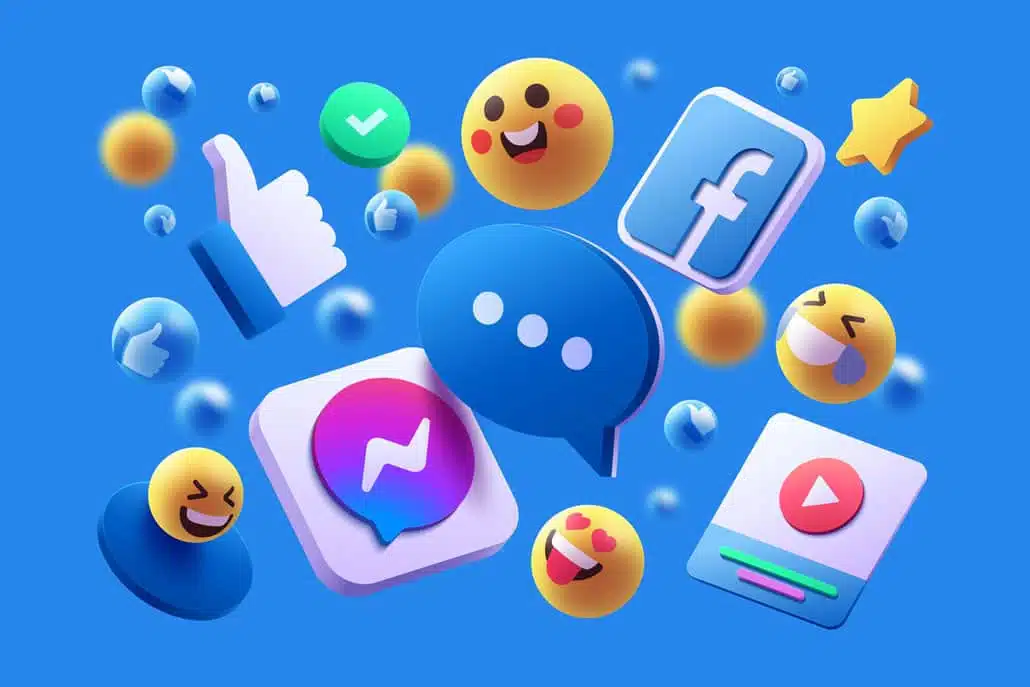
Once you’ve created your 2D animated video, the next step is ensuring it reaches the right audience across different platforms. Each platform has its own set of specifications, and optimizing your video for each one ensures maximum engagement.
Platform-Specific Video Considerations
- YouTube: YouTube animations typically perform best when they are between 7-10 minutes long. Ensure your 2D animated video has a custom thumbnail, relevant tags, and a catchy title to help it stand out.
- Instagram: Instagram videos should be short and punchy. Vertical videos (9:16 aspect ratio) are most effective for Stories and Reels, while square (1:1) format works best for posts in the main feed.
- Facebook: Keep videos between 1-3 minutes for Facebook posts. Subtitles are essential since many users watch videos without sound. Use engaging thumbnails and call-to-action buttons to increase interaction.
- Twitter: Twitter is all about quick engagement. Aim for a 15-30 second clip that’s eye-catching and to the point. GIFs or looping videos often perform best on Twitter.
- Websites: When you embed videos on your website, ensure that they are high-quality, with clear resolution, and are optimized for fast loading times. You can also use video SEO techniques to improve your video’s visibility in search engines.
2D Animated Video Optimization Tips

- Resolution and Aspect Ratio: Ensure your 2D animated video is in the correct resolution for each platform (e.g., 1080p for YouTube, 720p for Instagram).
-
File Size: Compress your video to reduce file size without losing quality. This is especially important for animated social media posts where faster load times lead to better user experience.
Best Tools and Software for Optimization
Use tools like Adobe Premiere Pro or Final Cut Pro for video editing and compression. For social media platforms, tools like Hootsuite or Buffer can help you schedule optimized posts and track performance.
Legal Considerations For 2D Animated Videos
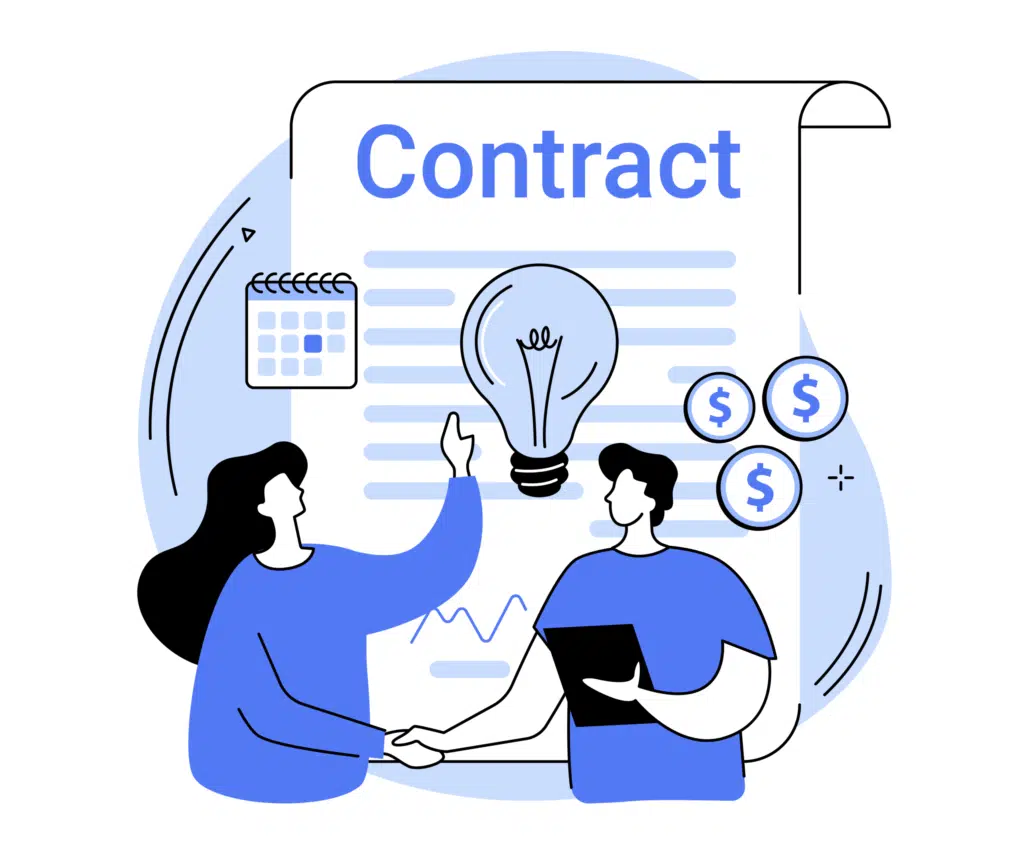
Before releasing your 2D animated video, it’s crucial to understand the legal aspects involved in the production and distribution. Failing to address these legal considerations can result in costly issues down the road.
Copyright and Ownership
- Copyrighting Your Video: If you’ve created original animations, they are automatically protected by copyright. However, registering your copyright with the U.S. Copyright Office gives you additional legal protections.
- Licensing Issues: Ensure you have the right to use any third-party assets (music, stock footage, or illustrations) in your 2D animated video. You may need to purchase licenses or get explicit permission from the creators. Media platforms like YouTube enable you to paste in a license code for music to ensure your video won’t get flagged for improperly licensed music.
Fair Use and Permissions
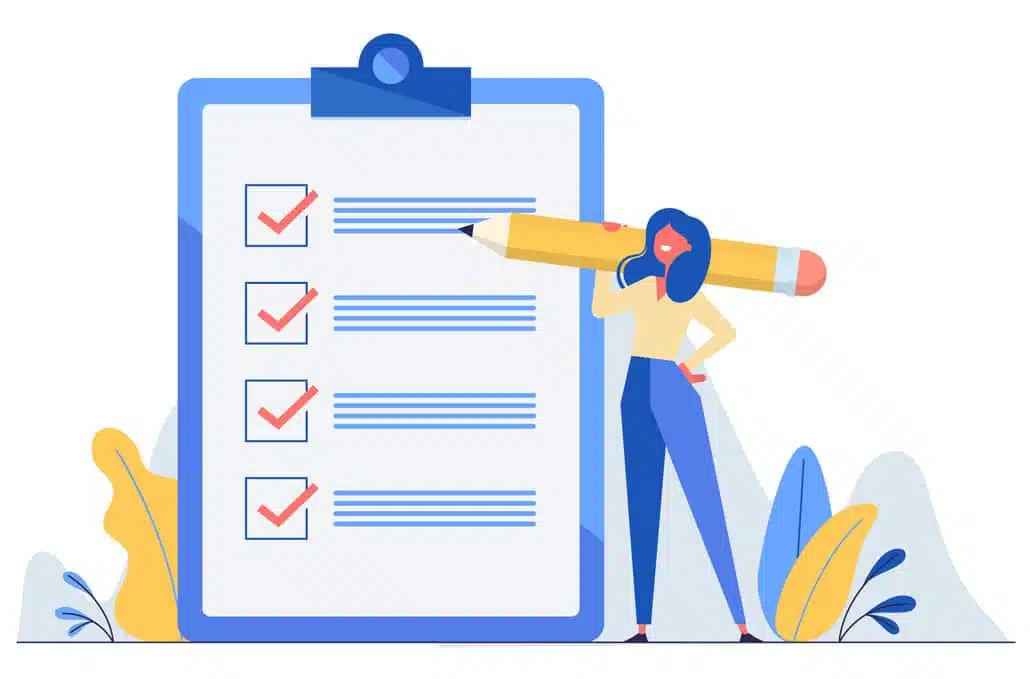
- Fair Use: In certain cases, you may be able to use copyrighted material under fair use, but be careful. This usually applies to commentary, criticism, or educational content, but even then, it’s important to be cautious.
- Permissions: Always seek permission if you plan to use someone else’s work in your animation. This applies to music, voices, or branded elements.
Trademarks and Branding
When incorporating logos or brand names into your 2D animated video, make sure you have the legal rights to do so. Avoid using logos or trademarks without consent, as this could lead to legal issues or claims of infringement.
Data Privacy and Consent
If your 2D animated video features real people or their likenesses, make sure to obtain their consent beforehand. This is especially important in case you plan to use the video commercially.
Measuring the Success of Animated Videos

After launching your 2D animated video, it’s crucial to measure its success to understand how well it’s performing. Tracking metrics helps you assess the effectiveness of your video and make data-driven improvements for future content.
Key Metrics to Track
- View Count: The number of views your 2D animated video receives is a basic but important metric. It shows how far your video has reached and how successful it has been in attracting viewers.
- Engagement Rate: Engagement includes likes, shares, comments, and interactions. High engagement suggests that your audience is actively involved with your content.
- Watch Time: Watch time indicates how long viewers are watching your video. Longer watch times typically mean your video is engaging and holding attention.
- Conversions: Ultimately, you want to know if your 2D animated video leads to desired actions, like sign-ups, purchases, or inquiries.
Analytics Tools to Use
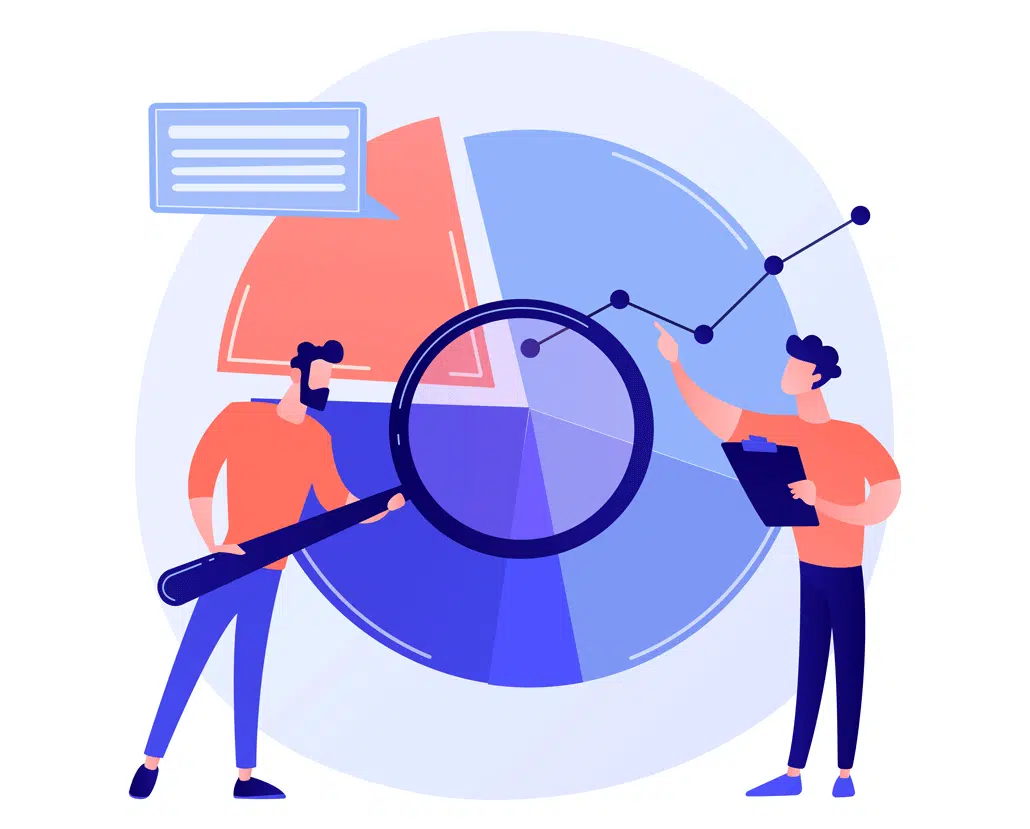
Google Analytics, YouTube Analytics, and Facebook Insights provide in-depth data on how your video is performing. These tools give you a better understanding of audience behavior and which aspects of your video are working well.
Improving Future Campaigns Based on Analytics
Use the insights from your video analytics to improve future videos. If you notice a drop-off point where viewers stop watching, consider changing the pacing or content at that part of the video. A/B testing different versions of your video can also help you determine what resonates best with your audience.
Future Trends in 2D Animation

The world of 2D animated videos is constantly evolving, and staying on top of the latest trends will help you create cutting-edge content that resonates with audiences. Here are some emerging trends to watch for in the future of 2D animation.
Advancements in Animation Technology
- AI-Powered Tools: Artificial intelligence is revolutionizing animation by automating repetitive tasks like in-betweening or coloring. This allows animators to focus on more creative aspects of the video production process.
- Motion Capture in 2D Animation: Motion capture technology, traditionally used in 3D animation, is now being adapted to enhance the fluidity and realism of 2D animations.
Interactive 2D Animated Videos
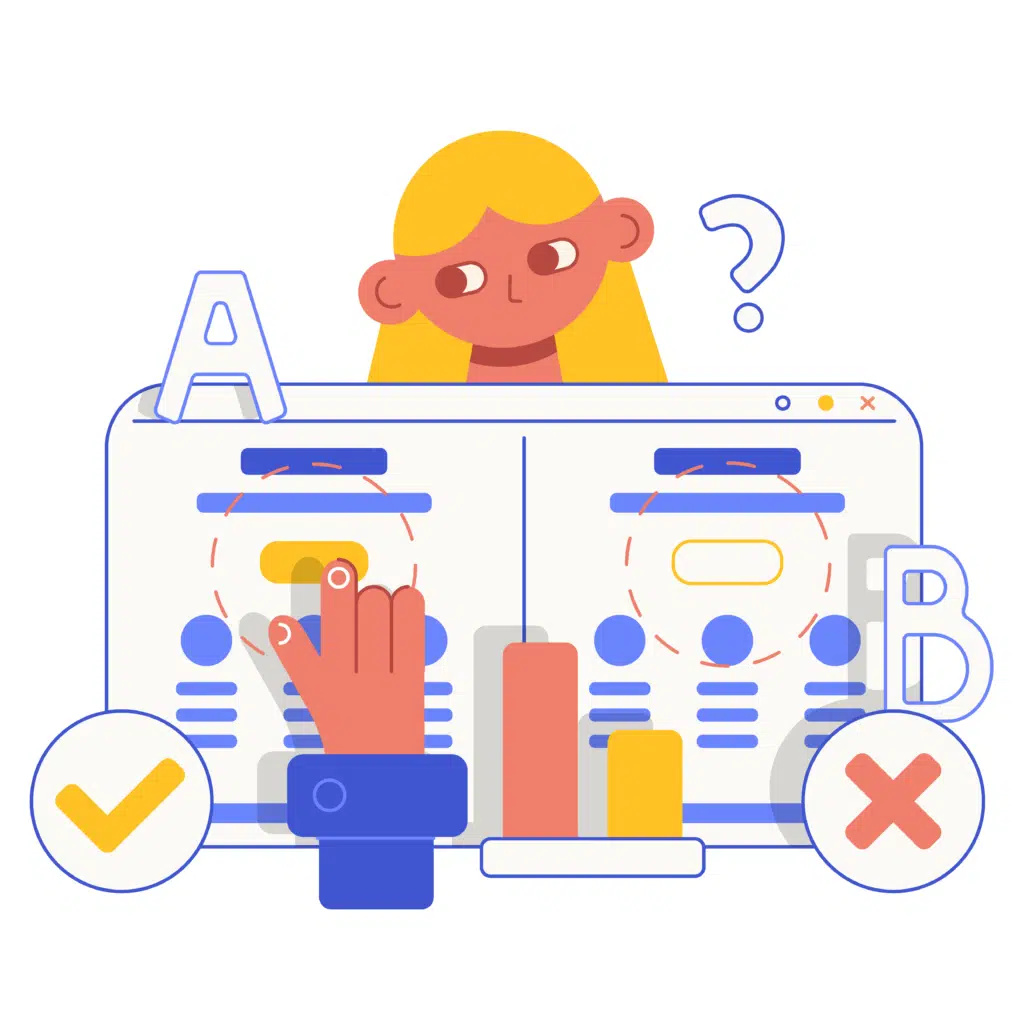
Interactive elements in 2D animated videos are becoming more popular. These can include clickable options, branching storylines, or user-controlled animations that make the viewer feel more engaged and in control.
Personalized and Targeted Animation
The ability to personalize animations based on audience data is becoming more prevalent. Brands can now create customized 2D animated videos tailored to individual viewers, providing a more personal experience.
Sustainability and Eco-Friendly Animation
With growing environmental awareness, there is a trend toward more eco-conscious animation production. This includes reducing energy consumption, using digital assets instead of physical materials, and minimizing the carbon footprint of the production process.
Collaborating with 2D Animation Studios

Collaborating with an animation studio can help you produce a high-quality 2D animated video that meets your vision. Professional studios bring expertise, creativity, and experience to the table, ensuring that your project is handled efficiently.
Finding the Right Studio for Your 2D Animated Video Project
When searching for an animation studio, it’s essential to review their portfolio and ensure they have experience in the style of animation you’re looking for. Assess their creativity, technical expertise, and ability to meet deadlines and budgets.

Clear Communication and Project Scope
Effective collaboration begins with clear communication. Set expectations regarding deadlines, budget, and deliverables. Ensure everyone is on the same page regarding the project’s scope and goals to avoid misunderstandings later.
Feedback and Revisions
During the production process, be prepared to provide constructive feedback. While animation studios will do most of the creative work, your input is essential to ensure the final 2D animated video matches your vision.
Legal and Contractual Considerations
Ensure that your contract includes all necessary details, such as the ownership of the final video, payment terms, and any revisions. A solid contract protects both parties and ensures a smooth production process.
Budgeting for Animated Video Projects
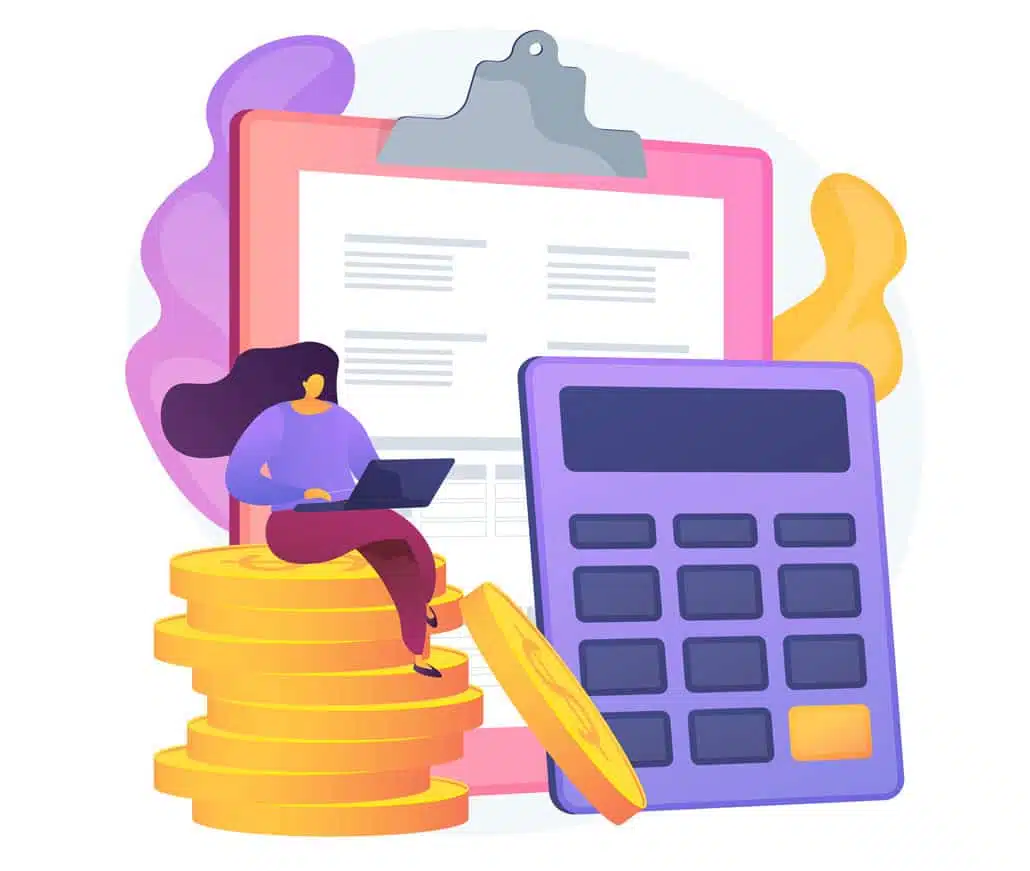
Budgeting is a crucial aspect of creating a 2D animated video. Without proper financial planning, your project could go over budget or face delays. Here’s how to set a budget that ensures you get the most out of your animated video.
Factors That Affect 2D Animated Video Costs
Several factors influence the cost of a 2D animated video, including:
- Complexity of Animation Style: More detailed animations with custom characters or intricate backgrounds can increase costs.
- Length of Video: Longer videos will take more time and resources to produce.
- Additional Elements: Costs can rise if you add extras like voiceovers, music, sound effects, or custom illustrations.
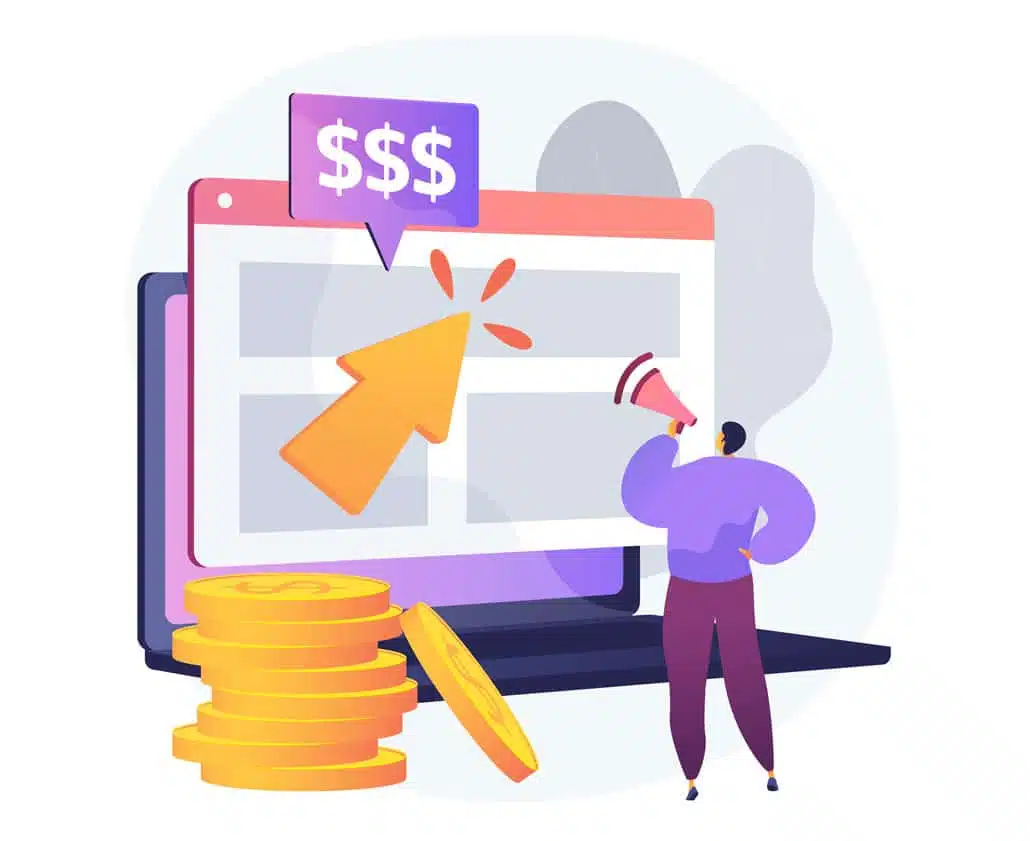
Cost Breakdown
- Pre-Production: Storyboarding, scripting, and concept design typically account for 20-30% of the total cost.
- Production: Illustration & animation are the most expensive parts, comprising 50-60% of the budget.
- Post-Production: Editing, sound design, and revisions make up the remaining 10-20%.
Tips for Saving on Animation Costs

- Outsource Certain Tasks: You can save money by outsourcing voiceovers or using stock music and effects.
- Use Templates or Stock Animation: When appropriate, consider using templates or pre-made animations to reduce production time and costs.
- Keep a Clear Scope: Avoid frequent revisions or scope creep, which can quickly inflate costs.
Managing Your Budget Effectively
Use budgeting tools or software to track spending. Keep track of each stage of production and ensure you’re staying on schedule.
2D Animated Video Production Resources
These popular 2D animated video production resources are recommended for your video production journey:
How to hire and collaborate with a 2D animation studio?
Where can I find 2D animators for hire?
How to make a video animation.
Contact Us
If you’re interested in speaking with someone about your 2D animated video project, schedule a call with our production team.
Or…
You can fill out a creative brief to help us understand what kind of animation you want to create.
